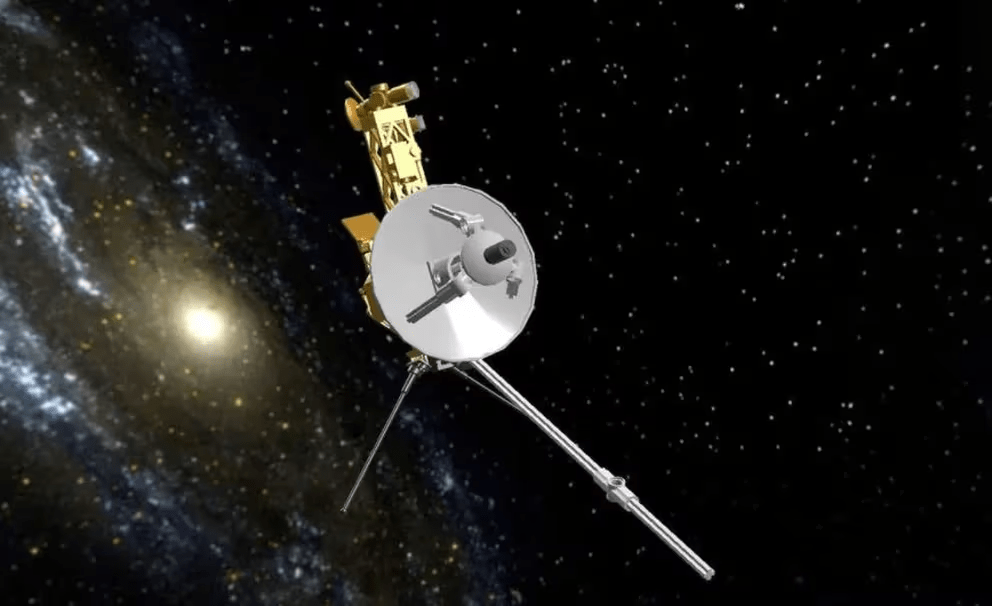
In the immensity of space, unknown to man, an object that has traveled far from Earth has been created by his own hands.
Victor Ingracia
This is the Voyager 1 spacecraft, located exactly 24,000 million kilometers away and moving further every second, now traveling outside our solar system at 61,500 kilometers per hour.
Thirty-five years after its launch in 1977, Voyager 1 made its operators so nervous at NASA that it lost contact with our planet late last year. Or rather, they were still in communication, but with inexplicable and meaningless messages, the result of a breakdown or failure of their computers.
That was exactly on November 14, 2023, after 11 years of exploring the interstellar space, when it was 24 billion kilometers from Earth, and the spacecraft uses binary code, a computer language consisting of zeros and a few others, to communicate. The task of controlling it and sending different commands was meaningfully left to experts.

NASA spent 5 months working to troubleshoot one of the three computers on the aging Voyager 1 interstellar spacecraft called the Flight Data System (FDS), one of the probe's subsystems called communication (drive). TMU).
The thing is, according to experts, FDS is designed to collect data from scientific instruments and engineering data about the health and condition of the spacecraft. It combines that information into a single “packet” of data that the TMU sends back to Earth. Data is in the form of ones and zeros or binary code. Variable combinations of two numbers are fundamental to all computer languages.
More details at INFOBAE





:quality(85)/cloudfront-us-east-1.images.arcpublishing.com/infobae/KTKFKR763RBZ5BDQZJ36S5QUHM.jpg)